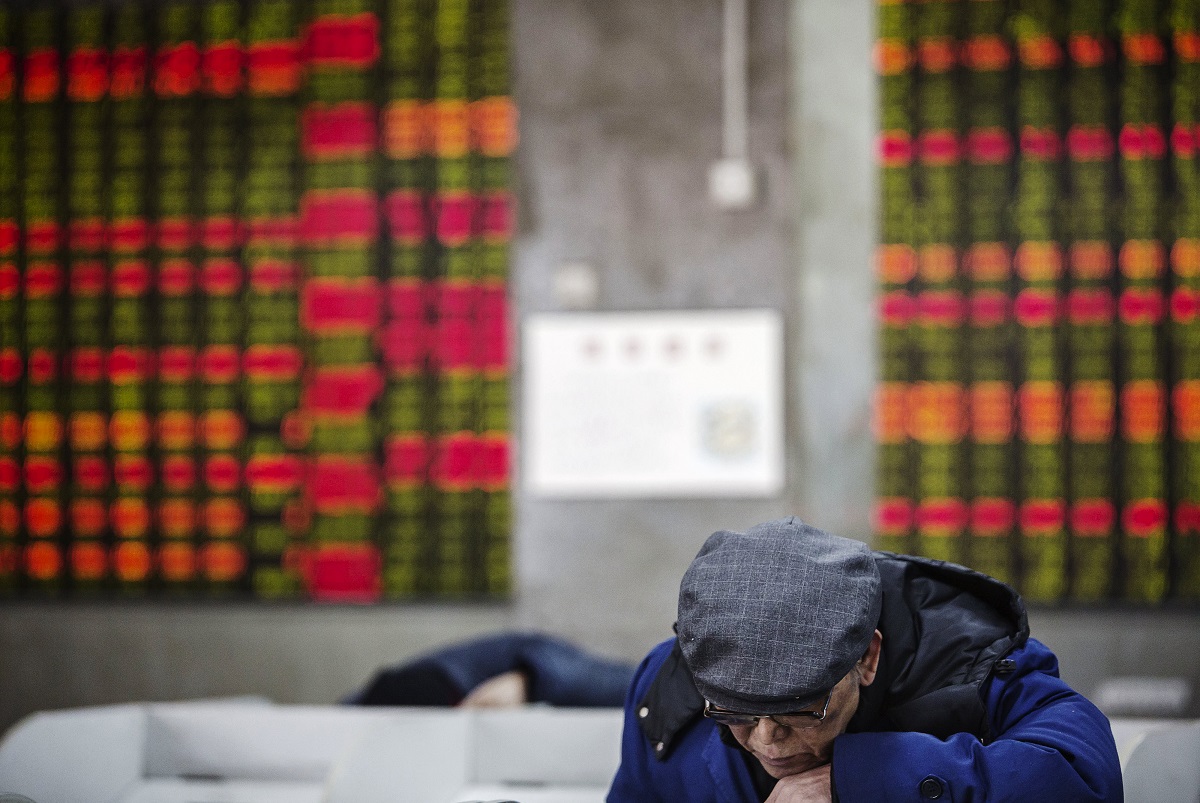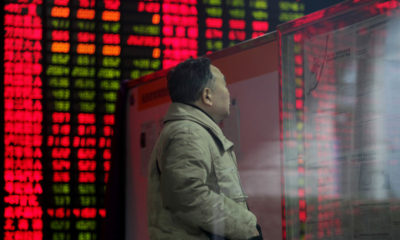We’re seeing improvements in risk appetite again on Tuesday as fears around Omicron continue to ease following earlier reports of less severe symptoms.
This is still an extremely fragile market but the early signs are offering some hope. The initial announcement a couple of weeks ago had investors fearing the worst and so far, that’s not what we’re seeing. Time will tell whether investors are getting ahead of themselves but a couple of days without a negative Omicron headline has the dip buyers flooding back in.
Given the concern among global leaders and various organisations over the last couple of weeks, I struggle to see all of the updates being as positive which makes more two-way price action a strong possibility.
And if it is, then we just have high inflation and monetary tightening to contend with at a time when the global economy is hardly thriving. Of course, that’s a better outcome than higher inflation, rising rates, and Omicron lockdowns but it’s far from perfect which may spoil the party a little. A Santa rally may be underway but it will be a bumpy ride.
Surprising calm around China
There’s a surprising element of calm around Chinese growth as well; a firm belief that authorities have this under control and will stop the Evergrande crisis from spilling over into something much more devastating. We’ll see how the restructuring goes but with the company now failing to source the funds to make coupon payments, it’s about to get real which is probably at least partly why we’re seeing support is arriving in the form of a RRR cut. Further measures will be necessary but so far it’s been enough to ease the nerves.
Oil continues higher on Omicron optimism
Oil prices are continuing to ride the risk wave higher, having been battered by Omicron headlines at times over the last couple of weeks. Crude hit a low after the OPEC+ decision but quickly recovered on the immediate adjustment caveat and since then it has been trading higher.
That could be a sign that OPEC+ has effectively put a floor under the crude price in order to protect its near-term interests but it’s probably more to do with the timing of the Omicron headlines. Don’t get me wrong, oil prices certainly saw some relief following the meeting but traders love to test the limits in these situations and may well still. But the Omicron updates just aren’t allowing for it currently.
There could still be further to run before we potentially see some profit-taking. We’re already seeing a bit in WTI around $71.50 but could see more on approach to $75, while in Brent $76.50-77.50 is key. Ultimately it comes down to the headlines though and if symptoms prove to be less severe, meaning fewer hospitalisations and fatalities than feared, there’s no reason oil prices can head back towards the levels seen for much of November.
Gold choppy ahead of the Fed
It’s been a bit of a choppy session for gold, which continues to trade in relatively tight ranges despite volatility elsewhere in the markets without making headway in either direction. It’s currently a little higher on the day having recovered small losses suffered in the aftermath of the US data. Higher than expected unit labor costs triggered a jump in the dollar which weighed on the yellow metal, not that it lasted for long.
It seems gold is trading with an eye on the Fed next week and an ear to the ground for Omicron news. The next week will be key, after which I expect it to take off in one direction or the other. The Fed’s response will be critical depending on the new variant as it may be faced with inflation and restrictions. Early signs are promising but that’s all it is.
Can bitcoin find some bullish momentum again?
Bitcoin provided a brief reminder that huge price swings go both ways when it plunged on the weekend but it’s recovered much of those losses in the days that have followed. It’s even climbed back above $50,000 but some big tests remain if it’s going to recapture some bullish momentum in these uncertain times. The next one is $53,500 which was a big area of support last month.































